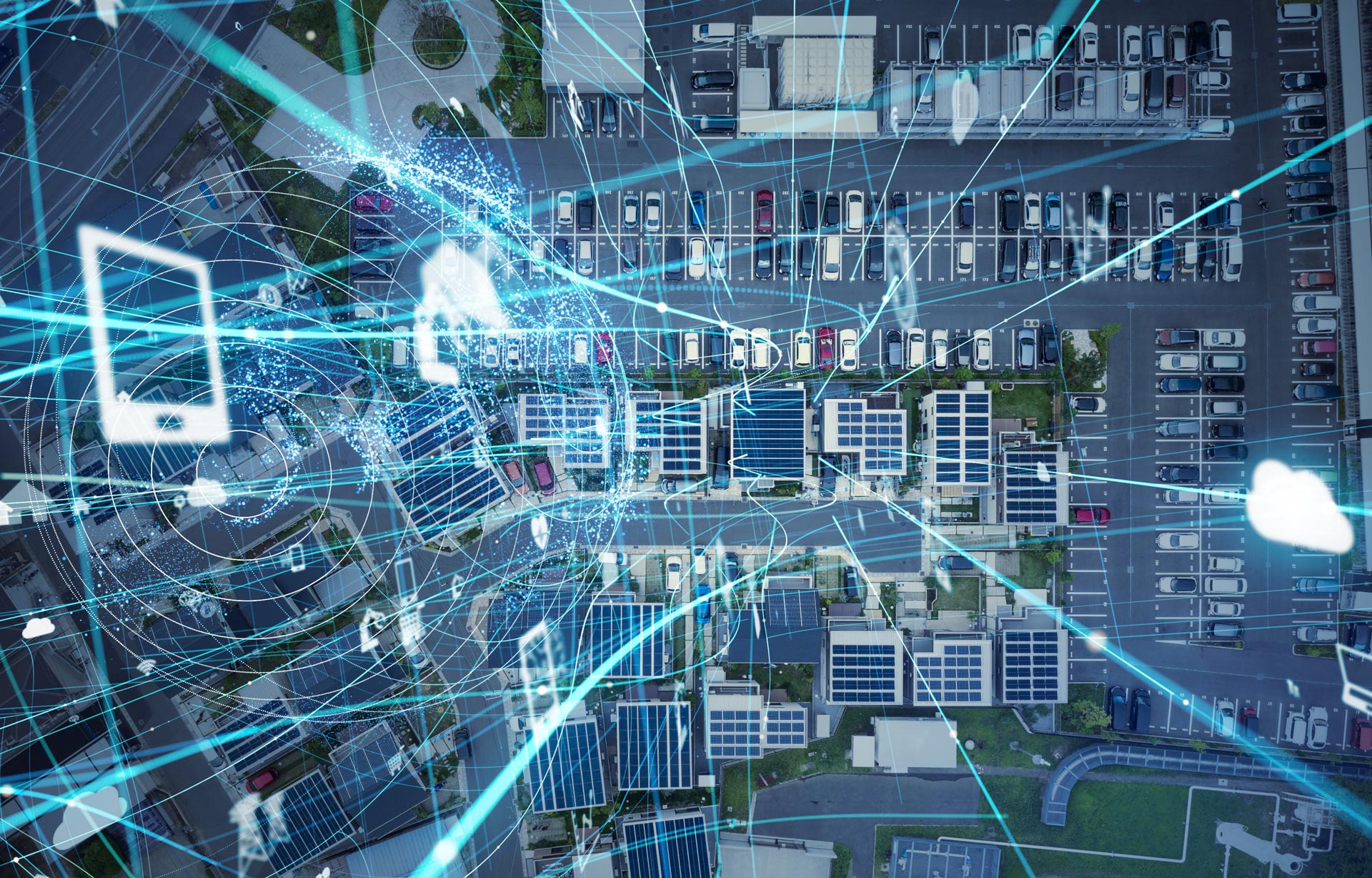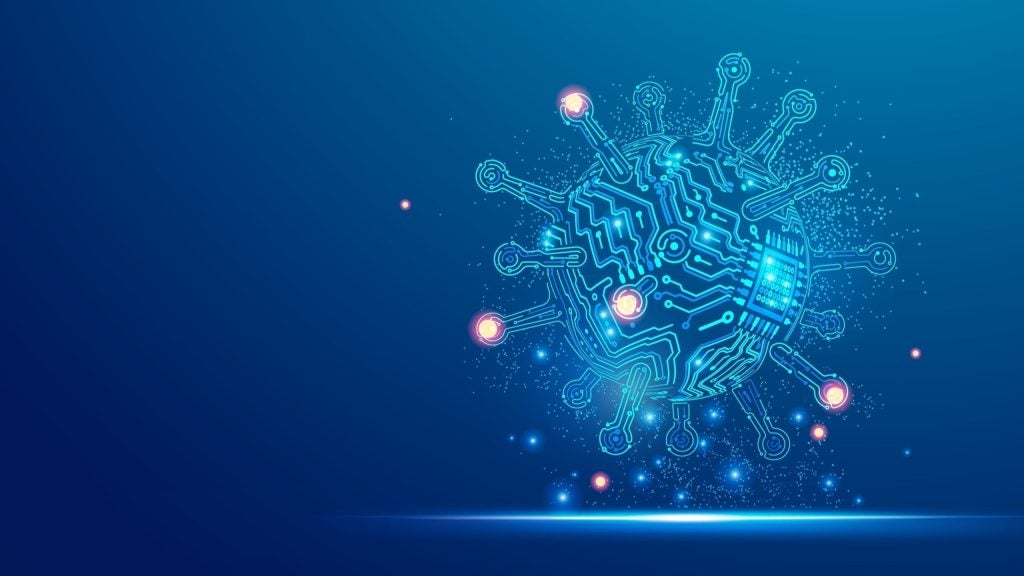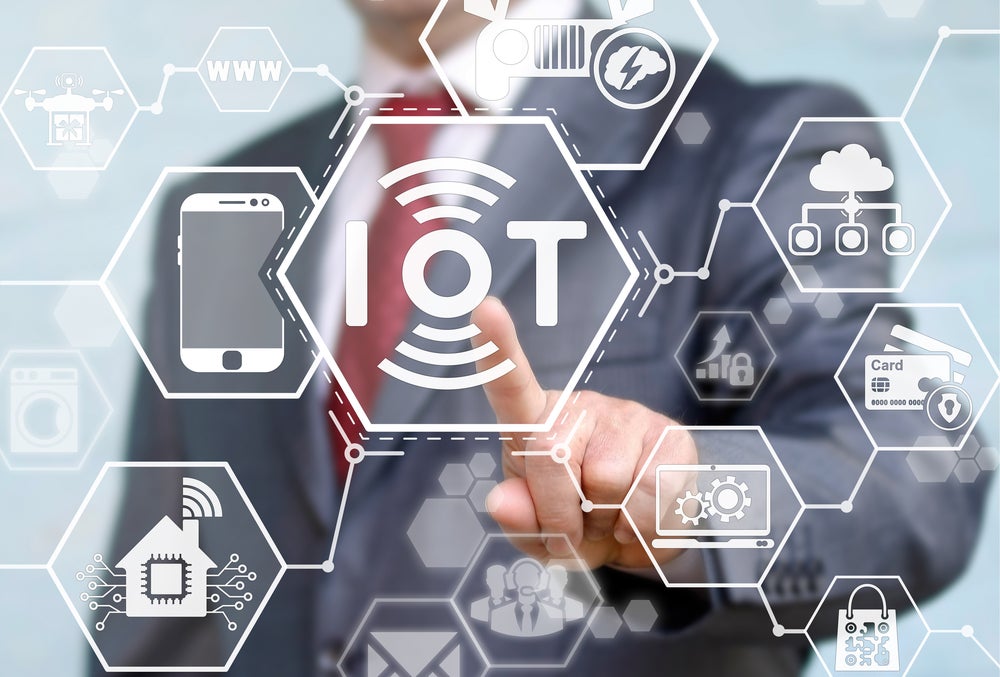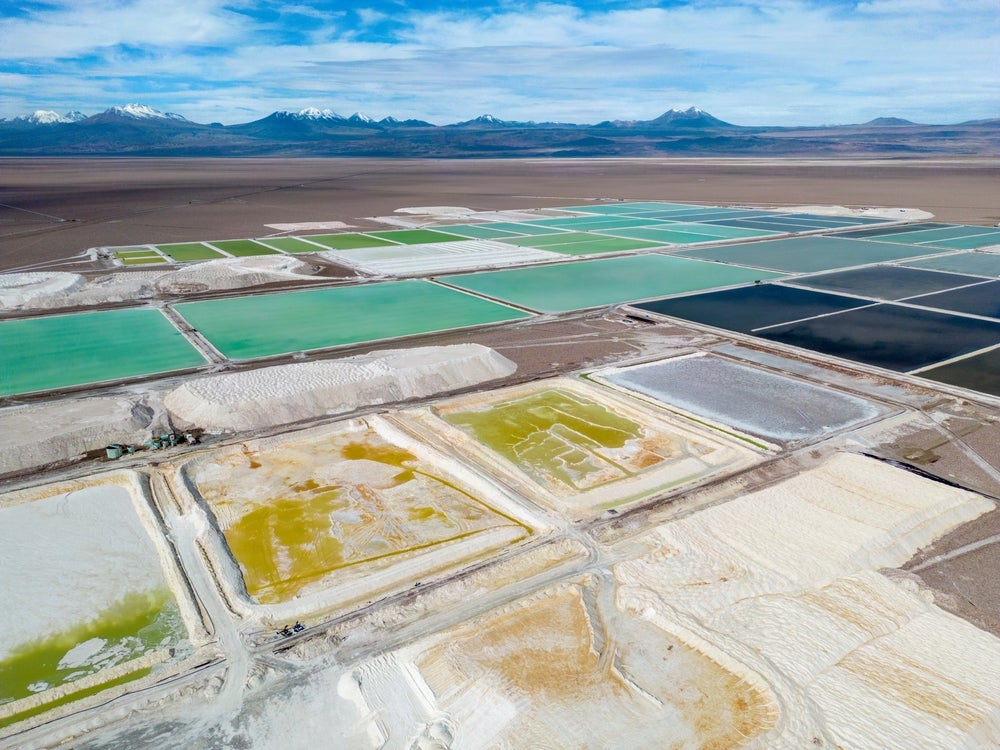
The Internet of Things (IoT) describes a world of internet-connected devices, from aircraft to fridges, and including cars and medical apparatus. The theory is that an aeroplane will be able to detect a fault in its engine mid-flight and automatically radio ahead to order spare parts without human involvement. A fridge will be able to detect when it is low on milk and order more while the householder sleeps. A person will be forewarned of an imminent heart attack by their smartphone without an examination from a doctor.
Martin Hodgson, head of UK and Ireland, Paessler says, “As we enter 2019 the number of connected devices will only increase as more organisations begin to realise the benefits of IoT technologies. Consequently, next year will see the birth of a smarter IoT – whereby fully connected businesses will begin to pull data for more predictive use.
“Imagine a world in which electricity providers can predict, and prevent potential outages, or healthcare institutions can predict, and stop, machines from failing. Industries that are proactive in connecting more of their devices will benefit from increased insights into their critical infrastructures’ performance. With the ability to implement predictive maintenance solutions, improve production on the factory floor and reduce downtime, in sometimes life-threatening situations – we can see why IoT will become further engrained over the coming year.”
However, he also warns about the risks these devices pose.
“Business leaders are recognising potential gaps in their cybersecurity measures. After all, it only takes one compromised device to hack the entire chain. And now, with critical infrastructures such as healthcare, electricity and water suppliers implementing IoT solutions, the need for comprehensive training is imperative.”
‘Pay or die’ ransomware
Liviu Arsene, a senior e-threat analyst at Bitdefender says he expects more attacks that leverage the Internet of Things.
How well do you really know your competitors?
Access the most comprehensive Company Profiles on the market, powered by GlobalData. Save hours of research. Gain competitive edge.

Thank you!
Your download email will arrive shortly
Not ready to buy yet? Download a free sample
We are confident about the unique quality of our Company Profiles. However, we want you to make the most beneficial decision for your business, so we offer a free sample that you can download by submitting the below form
By GlobalData“Hackers are becoming better at hijacking IoT products like baby monitors, surveillance cams and other home appliances,” he says.
“And connected medical devices are far from safe either. In fact, body implants that support wireless connectivity may lead to the first ransomware attacks where you need to pay or die. Sound wild? Just remember that, in 2013, former US Vice President Dick Cheney asked his doctors to disable the wireless function in his pacemaker to thwart the potential of terrorists hacking it.”
Growing IoT risks will force manufacturers to cooperate
IoT will become more ingrained into the running of everything, as over 50 billion smart ‘things’ come into operation over the next six years, according to Cisco. But there is still a debate on about the language and communications protocol that will be spoken by and govern all these interconnected devices. On a practical level, they must be able to work across all of their different operating systems.
Marco Hogewoning, senior external relations officer of the RIPE NCC, which provides allocation and registration of Internet resources across Europe, West Asia and the former USSR, discusses the challenges this presents.
“With the IoT’s rapid growth, manufacturers are being forced to wake up to the fact that they are part of the Internet family now. As the number of IoT devices in the market grows at an accelerated pace, the number of endpoints for cyber threat actors to target attacks on increases,” he says.
“This trend has prompted some quarters to talk about regulation of IoT networks, which is a fair response. However, no single regulatory body could possibly mitigate this complex task. Instead, we think manufacturers will begin to collaborate with each other a lot more this year.”
Connected cars and the Internet of Things
One big growth area in IoT is the car and automotive industry. The maps in navigation devices will stay current and vehicle-to-vehicle messaging will give updates on traffic and roadworks. There will also be a more personalised driving experience, beneficial for car-sharing services, for example unlocking a car on the street using a smartphone and pre-configuring the seating position, climate control and playlist.
“To a certain extent the IoT is already in a number of cars, but its usage is set to spiral. Connectivity will play a key role in this. By 2021 it is expected that a great proportion of new cars sold should support the major connectivity protocols and enablers for the IoT,” says Andrew Till, vice president in technology, partnerships and new solutions at Harman Connected Services.
“An internet connection is just one part of the puzzle, though. We’re talking about the car evolving into a rolling sensor platform, which can exchange data with the cloud. The impact of the IoT will be far-reaching and positive for consumers. One of the big benefits is keeping the vehicle fresh.”
Future of IoT: “The globe’s connectivity is about to evolve to the next level”
The IoT is burgeoning across the world, but current networks only extend to heavily populated or wealthier areas. But the IoT is now opening up to the other 90% of the world, with space startups like Hiber launching its nanosatellites into orbit to solve the connectivity gap.
Another startup, Astocast, has nanosatellites that will be used by Swiss Fresh Water, Actia and Marine Instruments to monitor and control assets in remote areas. Swiss Fresh Water has water purification technology in villages around the world and will use the ‘cubesats’ to perform remote maintenance.
Maarten Engelen, managing director in technology at Hiber explains that it has become more cost-effective for commercial organisations to operate in space because smaller satellites that weigh less are cheaper to send into orbit.
“This means that the globe’s connectivity is about to evolve to the next level,” he says.
“Networks powered by nanosatellites the size of a shoe box orbiting the earth will mean that an IoT device anywhere in the world will be able to transmit data. This will open up a $4bn opportunity for the IoT industry and beyond as remote areas and third world countries take advantage of the value that IoT devices can bring.”
He imagines the future world of IoT as one where logistics companies can monitor trains travelling across remote areas, where insurance companies can stay connected with stock crossing borders and smart organisations working in agriculture can monitor groundwater and find ways to prepare for the effects of global warming.







